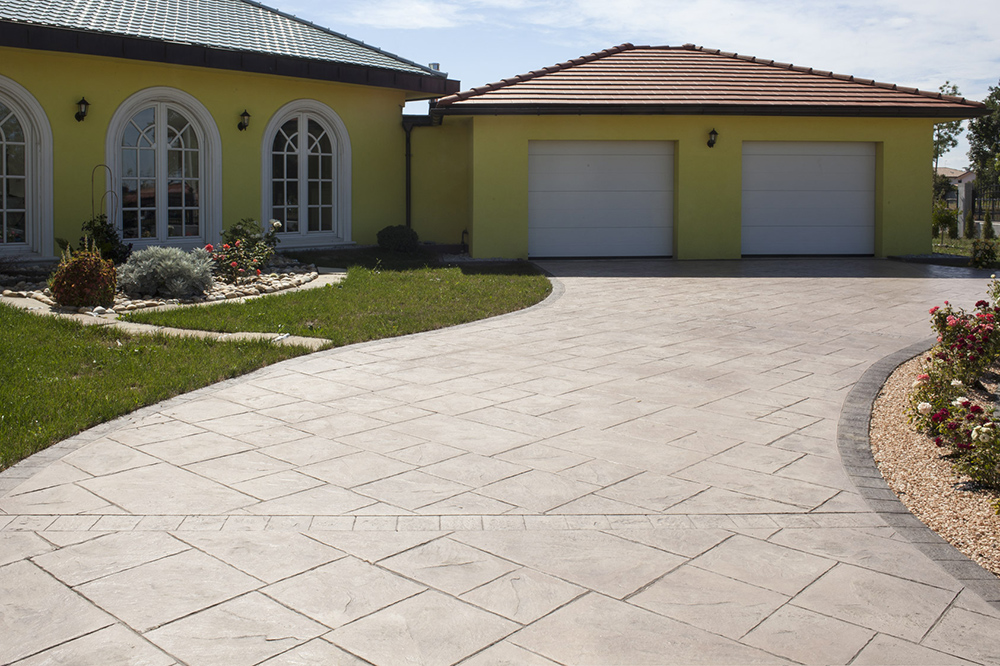Stone-effect floors combine easily with all types of environments and convey a very familiar and warm atmosphere. In fact, they represent a popular choice both for modern and traditional-style residences.
The natural beauty of the stone effect, along with the durability and resistance of these flooring solutions make them ideal for internal and external spaces alike.
Types of stone effect floors
There are different types of stone effect floors, each with its own features and advantages. Among the most common are the following.
Natural stone
Natural stone is a durable and strong material that is mined from quarries all over the world. The most common types of natural stone include granite, marble, slate and travertine. These types of stone are very durable and can be used for both interiors and exteriors. However, natural stone can be a very expensive choice and requires particular care to be preserved in good condition.
Ceramic tiles
Ceramic tiles are one of the most sought-after options for stone-effect floors. These tiles come in a variety of colours and patterns and are relatively easy to install. They are stain and scratch resistant and require little maintenance. Their big drawback is that they can be slippery when wet and can be easily damaged by aggressive cleaning products.
Porcelain tiles
Porcelain tiles are very similar to ceramic tiles but they are made up by different materials. Porcelain is a denser and more resistant than ceramic, which makes it a better choice for floors. Porcelain tiles are resistant to stains and scratches and are also less slippery than ceramic. In addition, porcelain tiles can be stamped to create a variety of natural stone effects.
Ideal Work stone effect floors
Stamped Concrete is an Ideal Work’s product line that offers different textures for stone effect floors.
The stone effect, in this case, is obtained through a stamping technique, which involves the use of specific moulds that are pressed onto the fresh concrete in order to reproduce the design and texture of a stone floor. The result is a natural and aesthetically pleasing effect, particularly suitable for external applications.
Ideal Work’s Stamped Concrete comes in a wide range of colours, which allow for endless mix&match options and great custom possibilities.

How to maintain stone effect floors
To keep the original look of your stone-effect floor unchanged over time, you should follow some tips:
Regular cleaning
Stone effect floors need to be cleaned regularly. To remove dirt, use a specific cleaner for stone floors and a broom or vacuum cleaner to remove dust. Avoid using acid or abrasive products: they could damage the surface.
Sealing
In order to protect stone effect floors from stains and water, you need to seal them regularly. Use a specific sealing solution for stone effect floors and apply it with a cloth or brush. Be sure to apply the solution evenly and allow it to dry completely before walking on the floor.
Stain prevention
To prevent stains on stone effect floors, avoid spilling liquids or food on the surface. If that happens, remove the stain immediately with a specific stone cleaner. Also, avoid using harsh chemicals or abrasive cleaners, which can damage the surface.
Scratch protection
Stone effect floors can be scratched by sharp or hard objects. To prevent scratches, use rugs or protective pads under furniture and do not walk in hard-soled shoes on the surface.
Stone-effect floors represent a popular choice due to their natural beauty, durability and resistance.
For a correct upkeep of these floors and to ensure that they remain beautiful and in good condition for many years to come, it is important to follow the advice mentioned above.